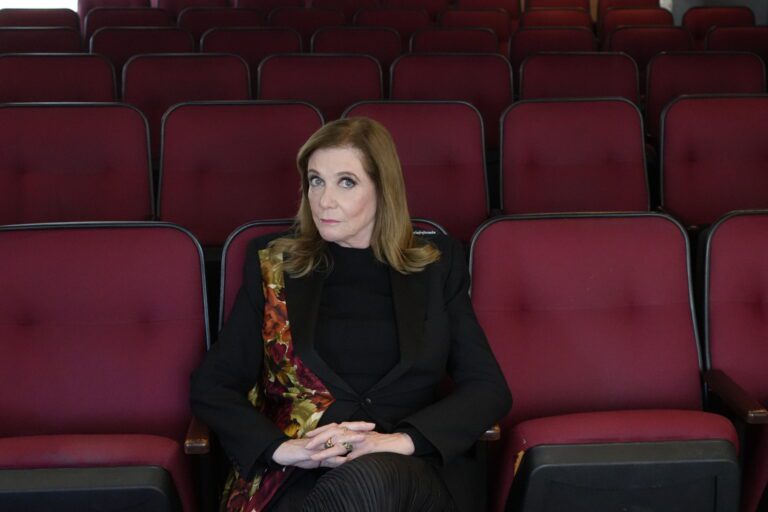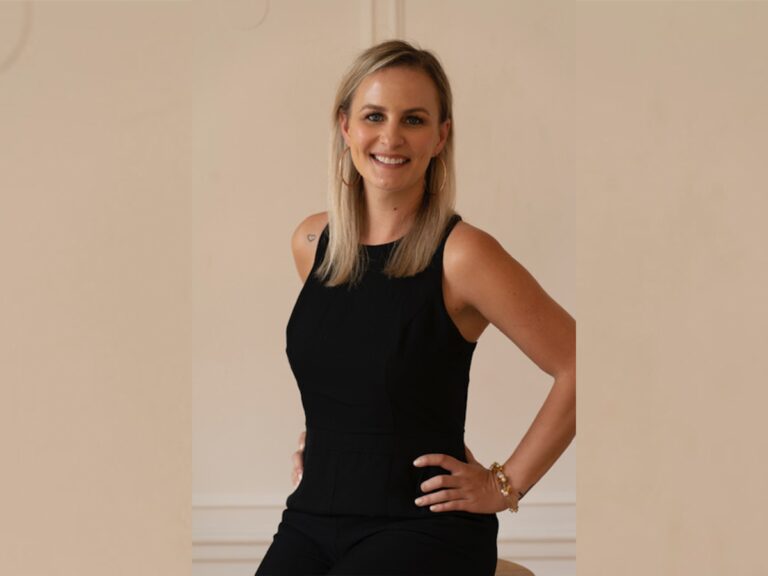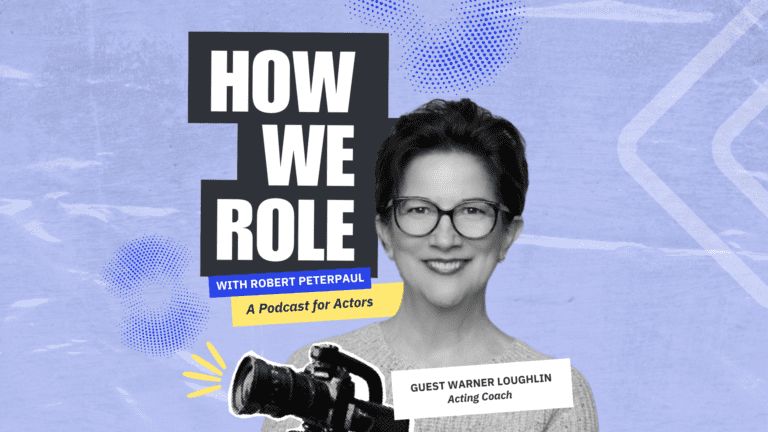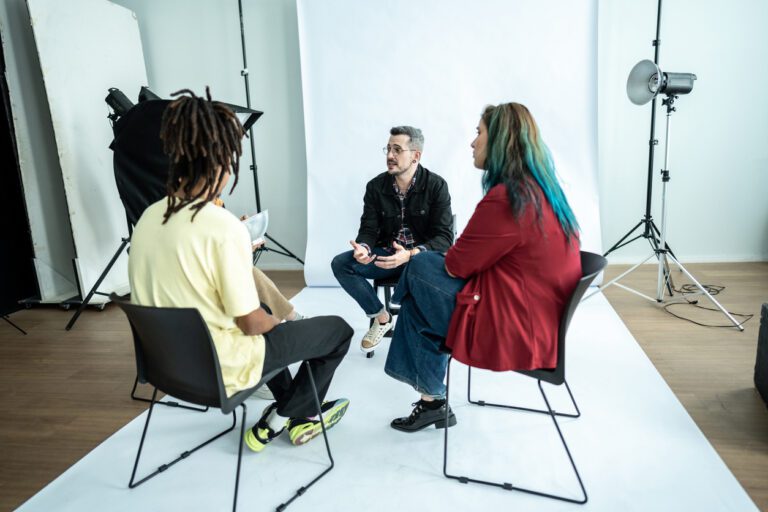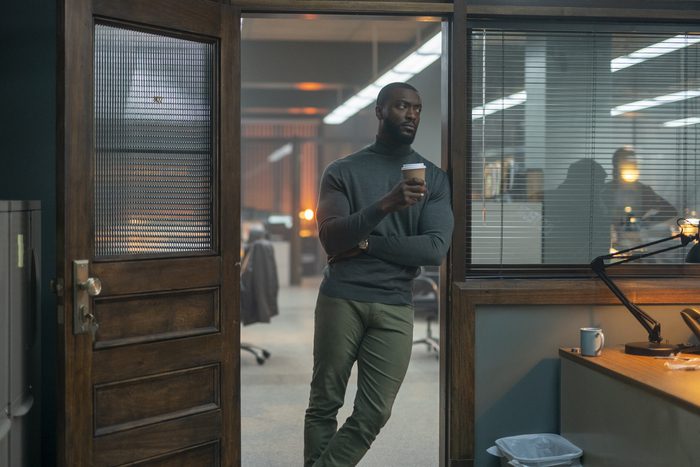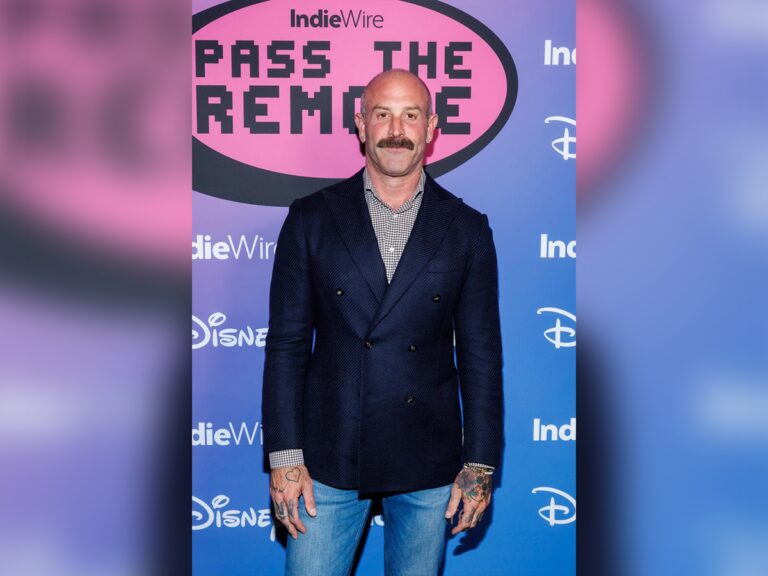Whether you’re casting for a film series or a local commercial, selecting the right age range for your role can be a tricky part of the casting process. Sometimes you find an actor who looks like they could pull off certain ages from their headshots (they might even say they can play these types of characters in their profiles), but their self tape audition reveals the opposite.
Other times you might inadvertently choose an actor who’s outgrown the age that you need them to play by just a hair – and in-person, it shows (this has happened countless times).
You might even accidentally cast an actor that’s too young for what you need them to do, be it from a character perspective or even for a legal reason. This can create delays for the production team and other industry professionals as you’ll have to re-cast the original actor. This is why you need to understand how to properly cast age ranges for your roles.
When you’re creating a role in Casting Networks, your casting call must be specific about the points above, because it’s essential to moving your project forward. Here’s a quick guide to casting age ranges.
Where do I enter age ranges for my role?
When creating the casting call for your role, make sure that you select the proper age ranges for the role’s specifications (personality traits, character description, physical traits, descriptive terms, etc.). You can do this after you have finished creating your project in your “Role Details” page.
Age ranges may be entered in the “Demographic Features” section in the “Role Age Range (years)” box. You also can note the age in months for toddlers.
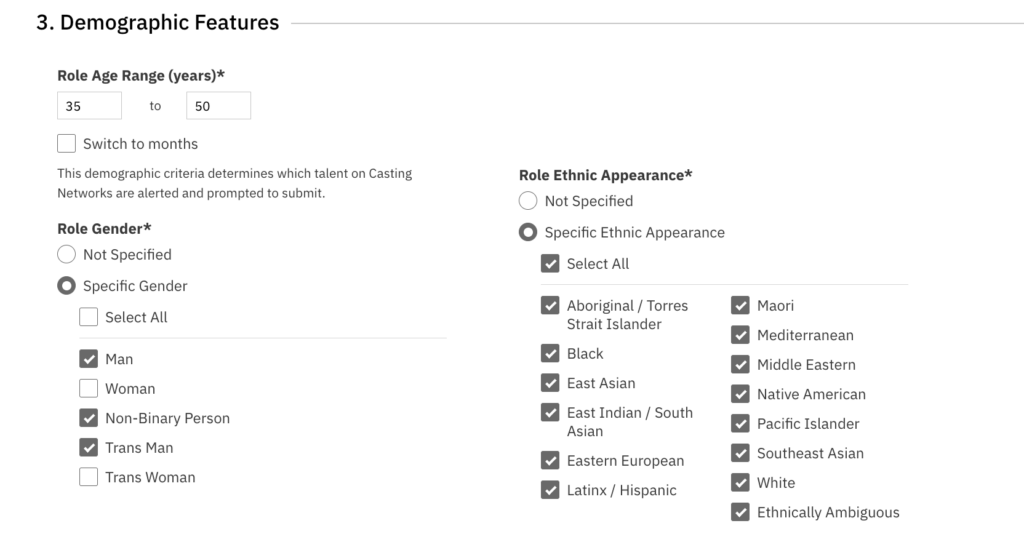
How specific do I need to be about a role’s age ranges for my projects?
When creating a role for your project, you must be specific about the role’s age range, which may not match the actual age ranges of the performers who will audition for or play these types of characters. An actor’s playable age range may be older or younger than their true age, which is why this is a more delicate part of the casting process than you might think.
For example, if you’re searching for grandparents or elderly characters, casting actors in their early 50s at the youngest is ideal, as opposed to casting elderly actors. However, when casting teenagers, you’ll probably need to select actors between 18-23 who can play younger characters. That being said, you’ll want to avoid casting performers whose actual age ranges are over the age of 25 for these types of roles, even if they’re very youthful-looking.
Believe it or not, casting a close match between a performer’s and character’s age will go a long way when hair and makeup are being applied (e.g; the actor has many of the character’s physical traits that were highlighted in the casting notice). However, when the age is miscast, this usually will have the opposite effect as no amount of hair or makeup will create a realistic look. This can sometimes case delays for the production team as well.
Exceptions in the entertainment industry may exist (we’re looking at you, Nicola Coughlan!), but they are not the norm.
What age ranges should I use for casting roles of different ages?
When casting teen roles, you’ll want to cast actors for roles up to five years older than the age of the character. Seniors and minors/children can sometimes have more leeway in either direction. For example, certain elderly actors can play both elderly characters and older parents. That being said, this is not a hard and fast rule – the cast of Glee had actors in their 30s portraying high school kids – but it’s a safe bet.
In general, your casting decisions should lean towards casting actors older than the characters you’re looking to select because your actors will have more life experience to bring an accurate representation of to their roles.
In some cases, you may need to cast actors for roles who are of a certain age from a legal standpoint. For example, teenage characters consuming alcohol in a production must be played by actors who are at least 25 years old, and roles that require sexual situations, violence or language require the performer to be aged 18+ at a minimum. Knowing and sticking to the letter of the law is especially important when it comes to casting minors and children.
What do I need to know when casting minors and children?
If you are casting minors and/or child actors for your role, make sure you know and understand the child entertainment labor laws in your region. If casting for minors in the United States, we recommend reviewing the information at childreninfilm.com to ensure you understand and abide by your individual state’s child labor laws.
- Children can work for up to 20 minutes at a time.
- If a minor is working during a school day, make sure you can provide school work on set.
- If you have scenes with minors involving adult situations such as adults fighting and using adult language, you must provide a detailed description of the scenario in your role write up and explain that although the child might see or interact with the situation on camera they will not actually participate in the scene during filming.
When it comes to casting the perfect actors for your project, you should make sure that you’ve cast an actor who appears to match the age of the role you’ve created. As an easy rule of thumb, if you are casting between 1-5 years older than the character’s age, you should be in the ballpark every time. There are exceptions to the rule, but use them sparingly to avoid your project getting stuck in limbo. And make sure you know your area’s child labor laws when it comes to casting minors.
Time to put what you’ve learned about casting age ranges to work. Login or sign up to Casting Networks to start casting the right actors for the right part now!
You may also like:

